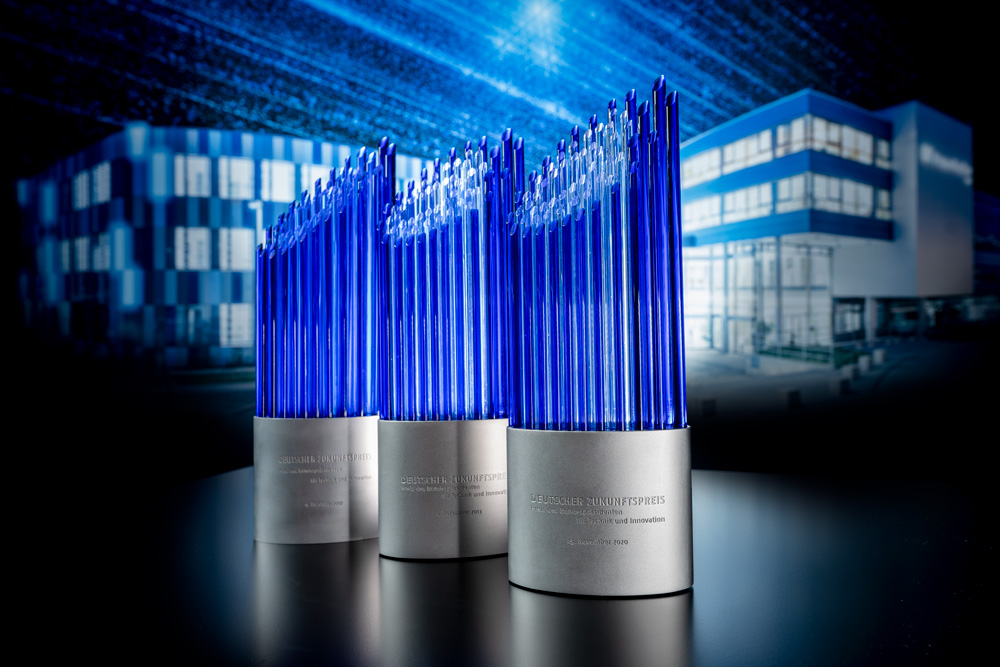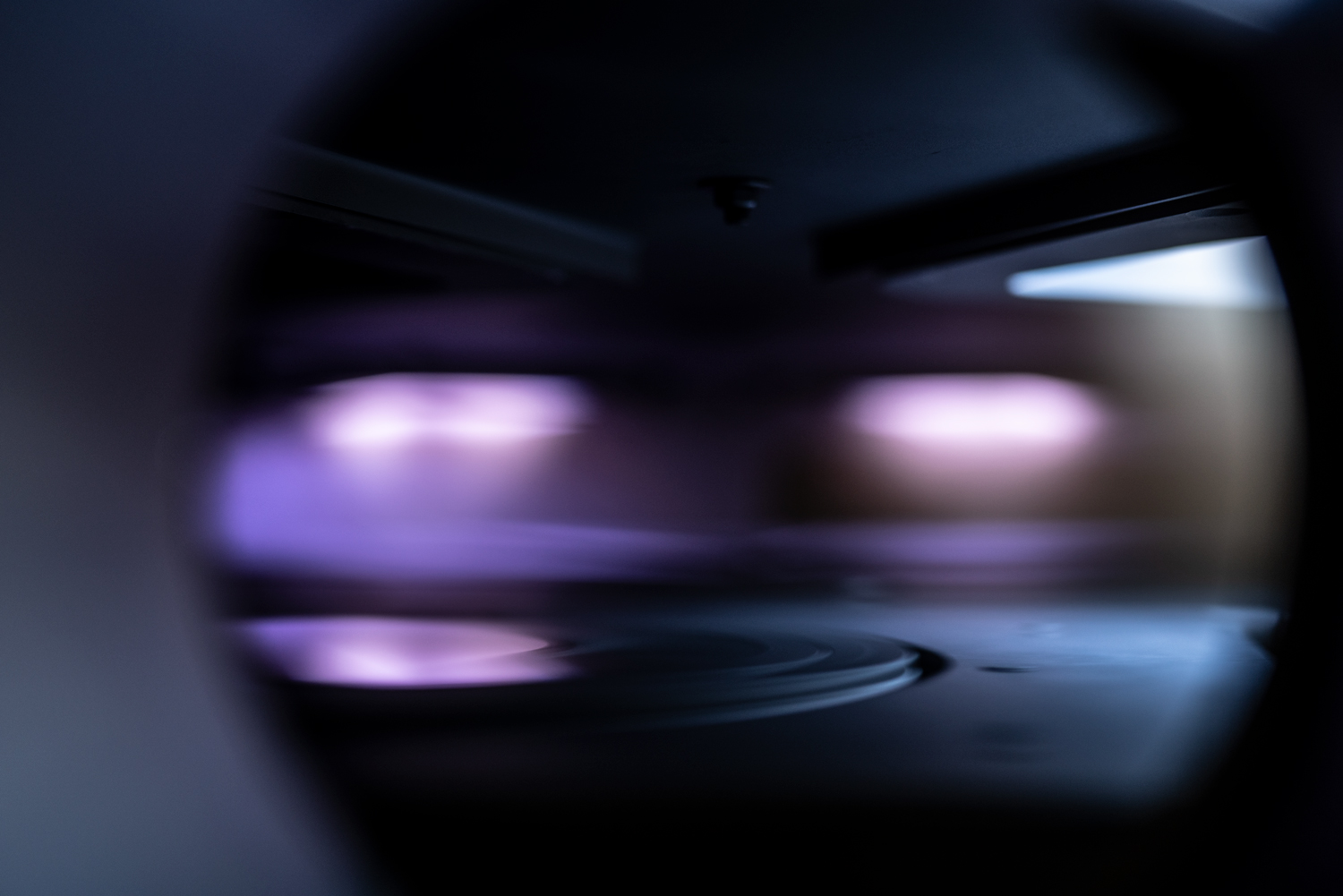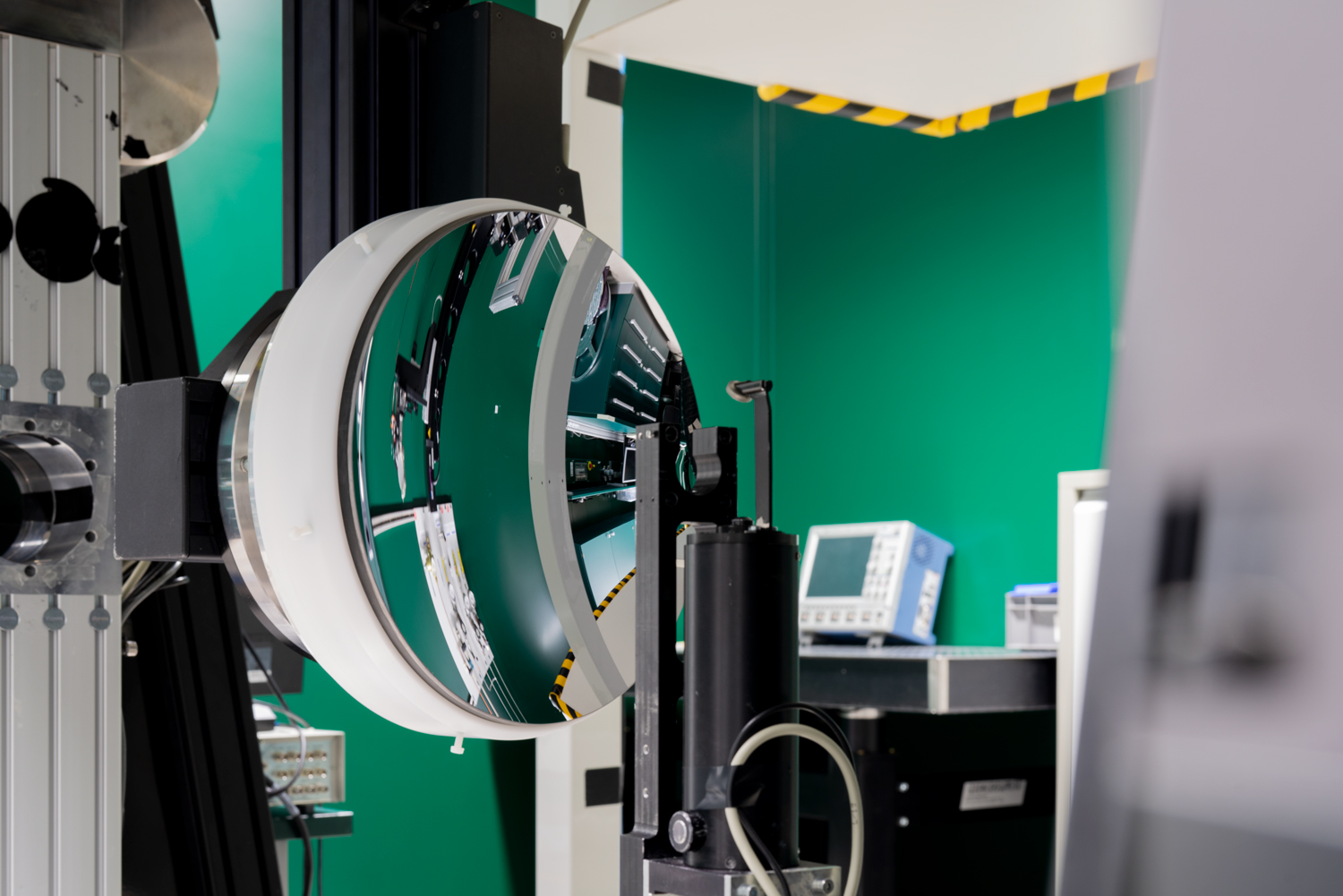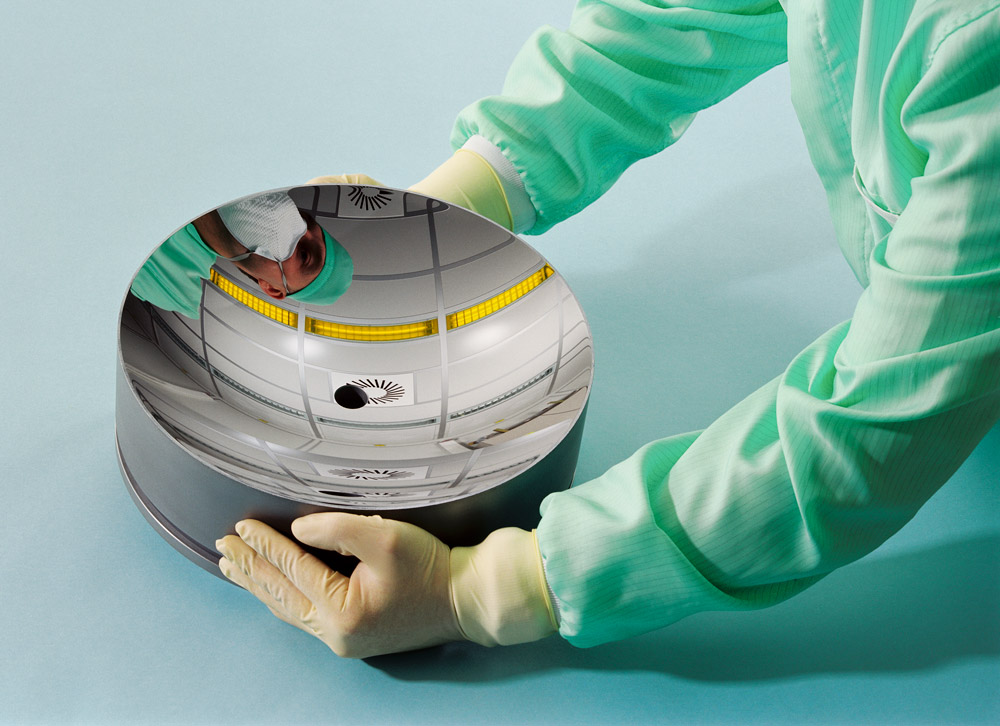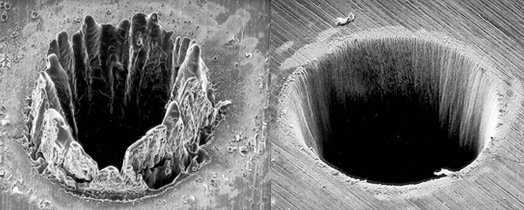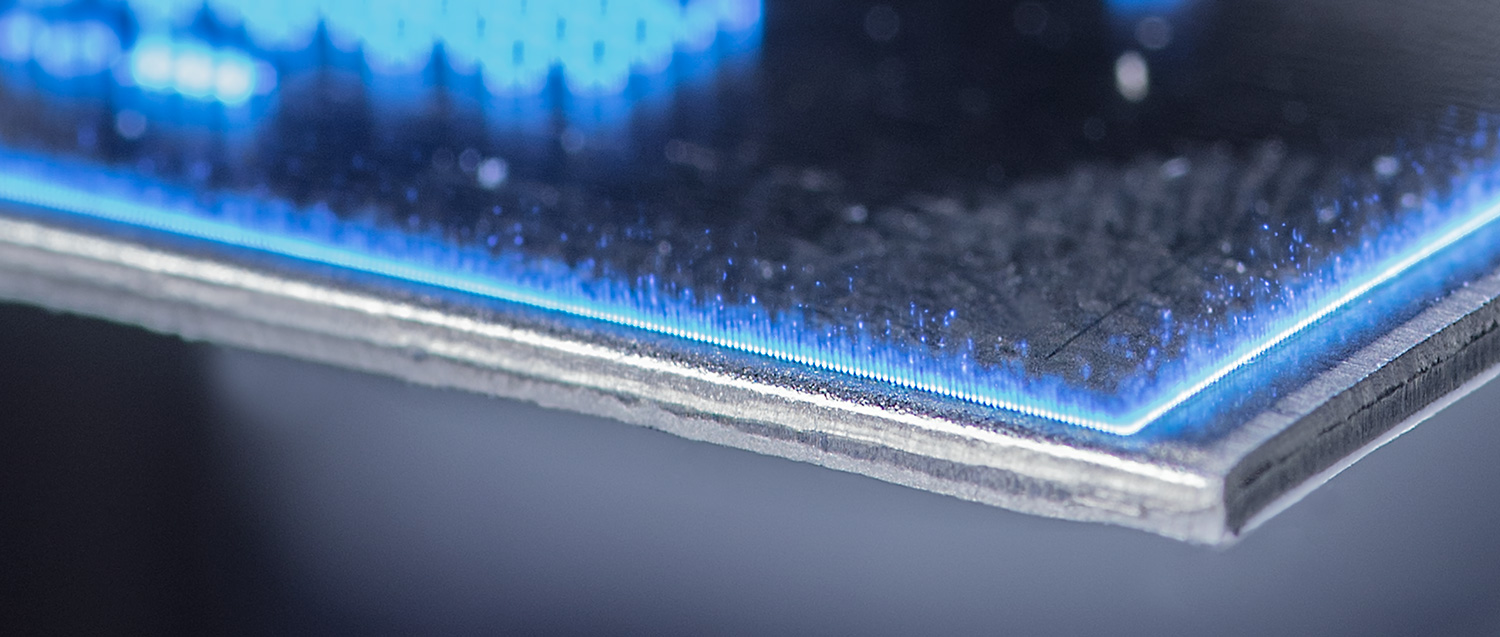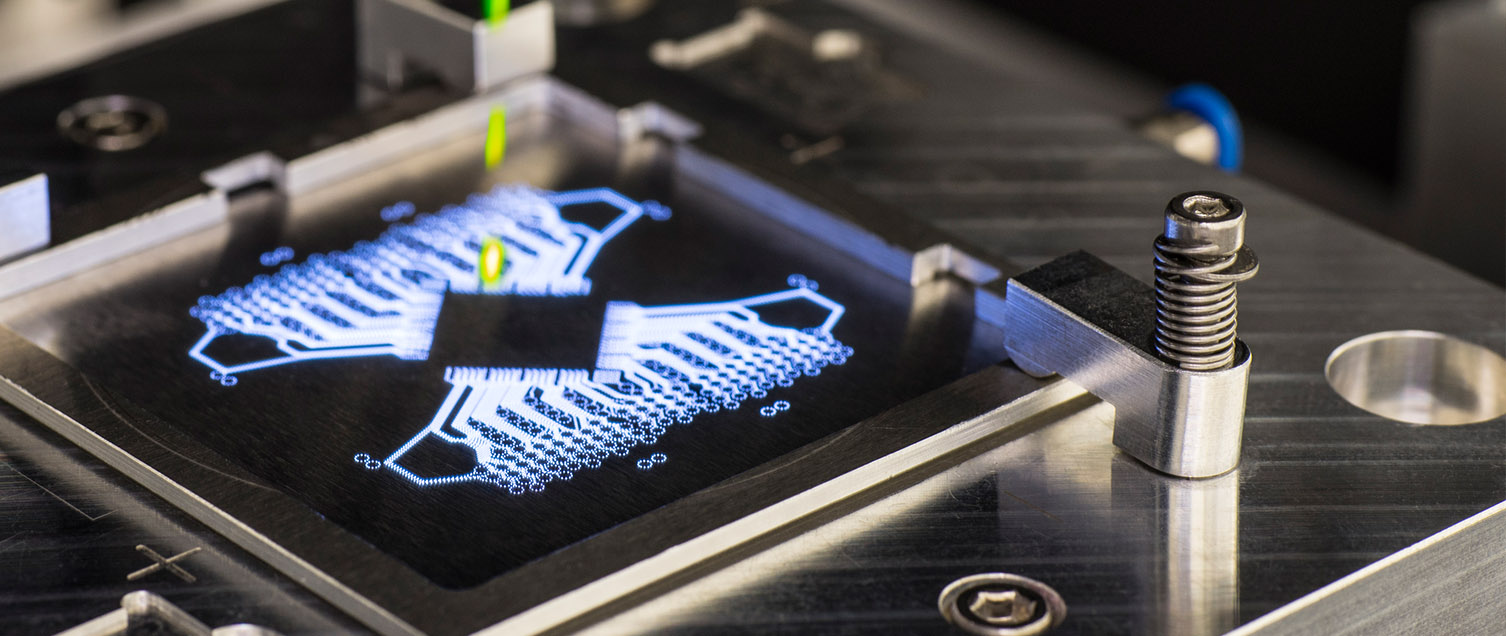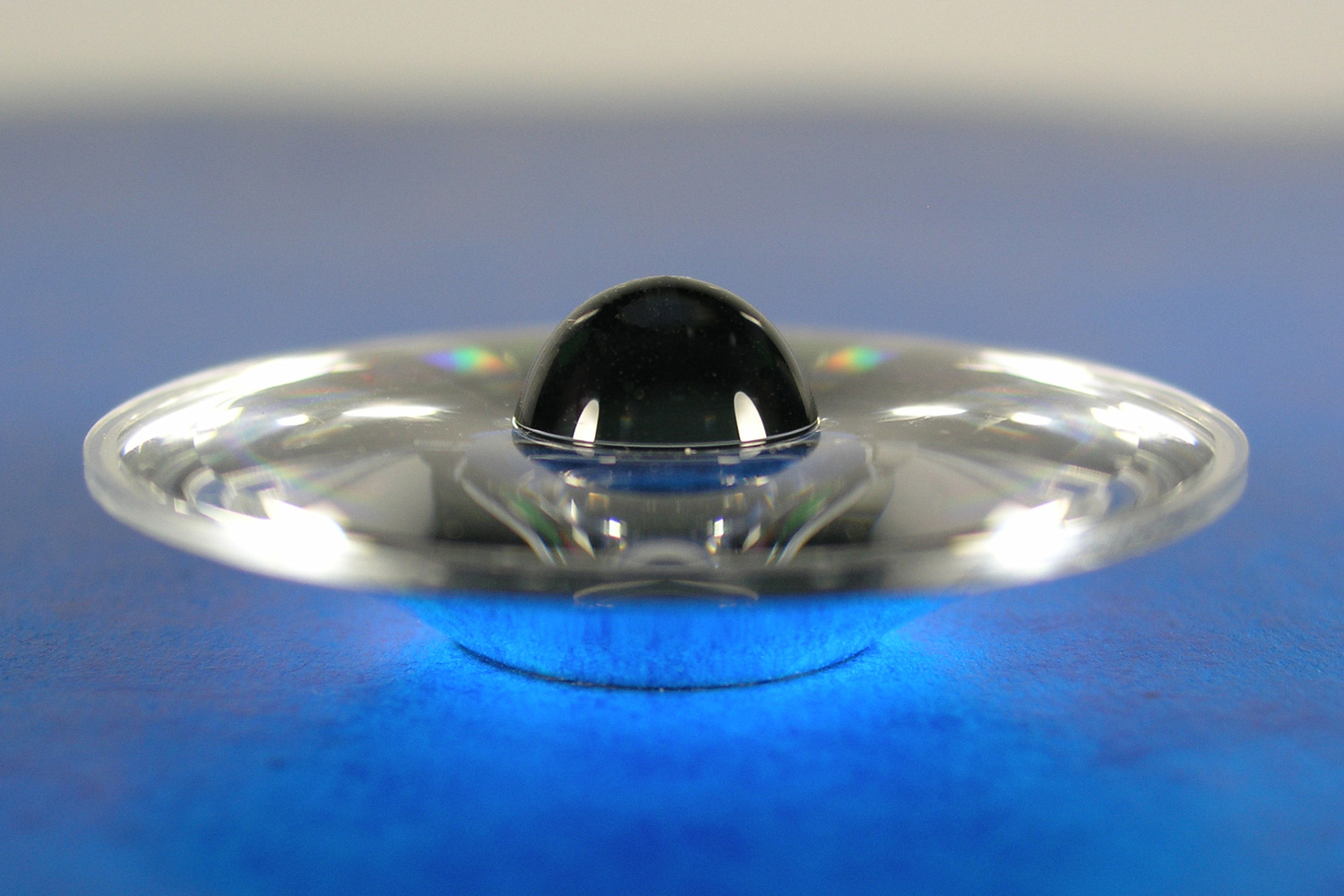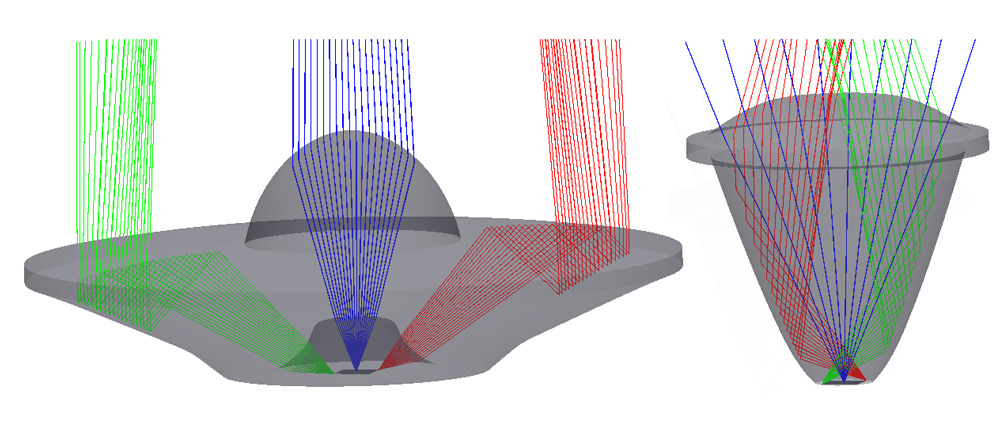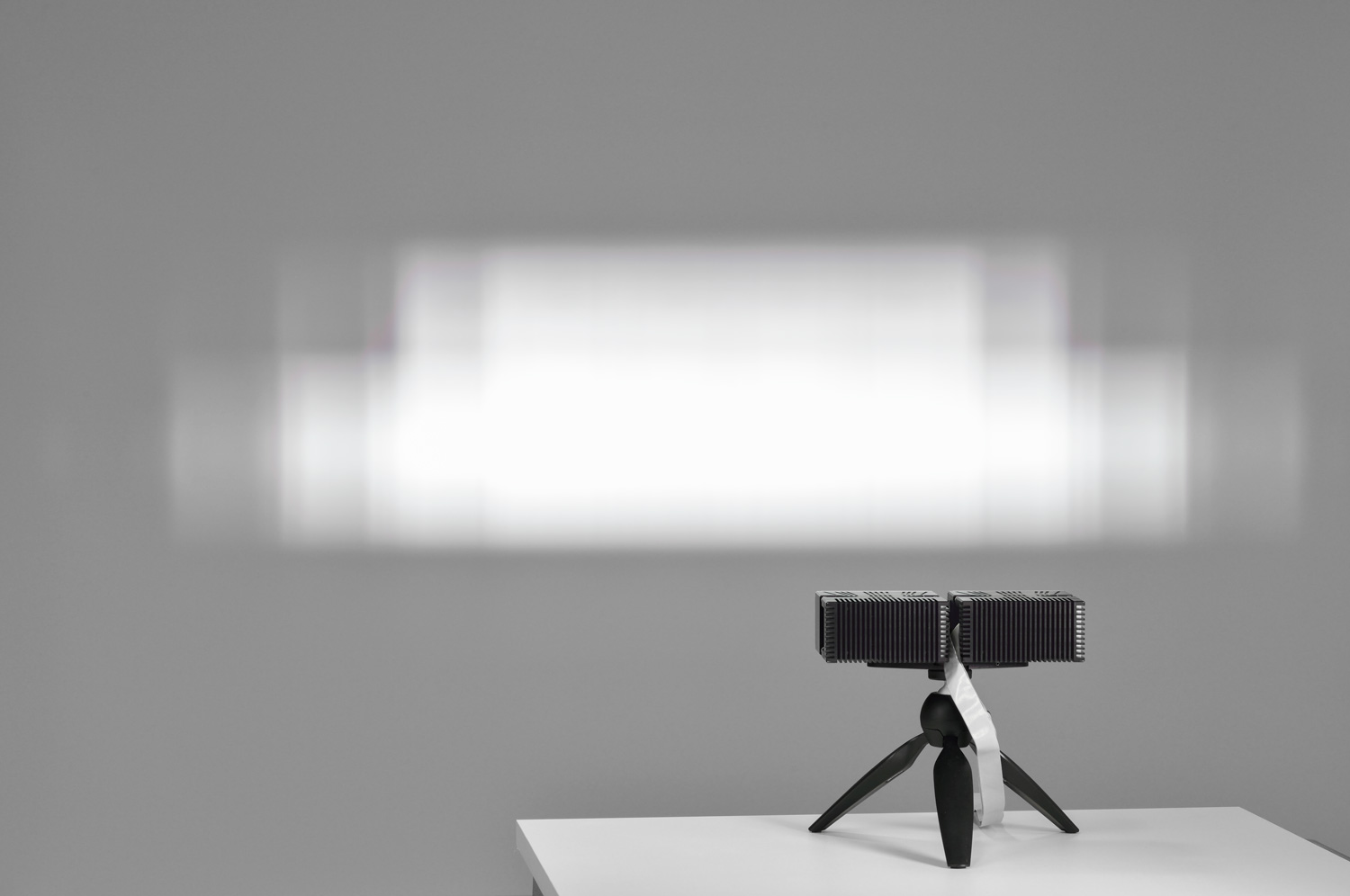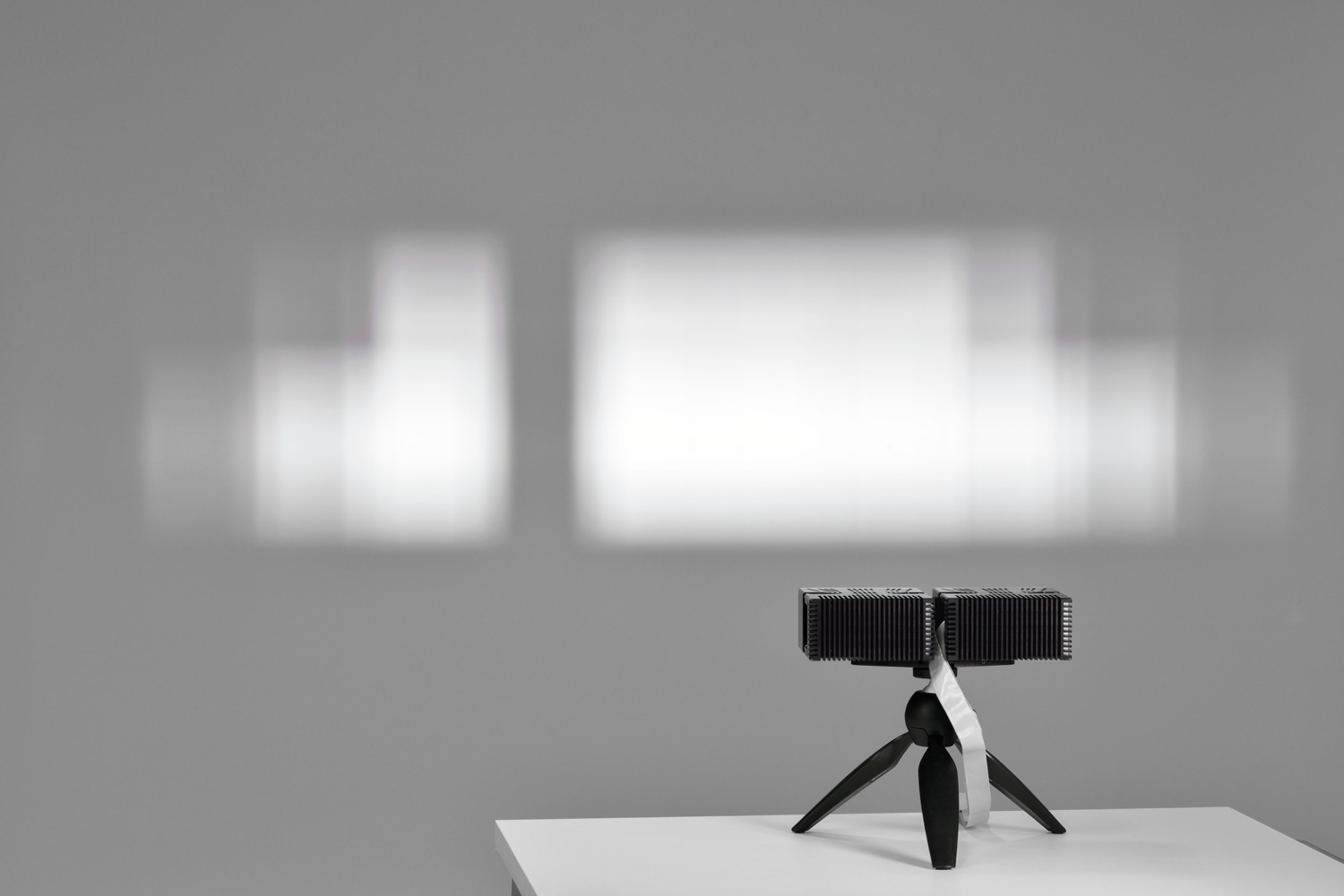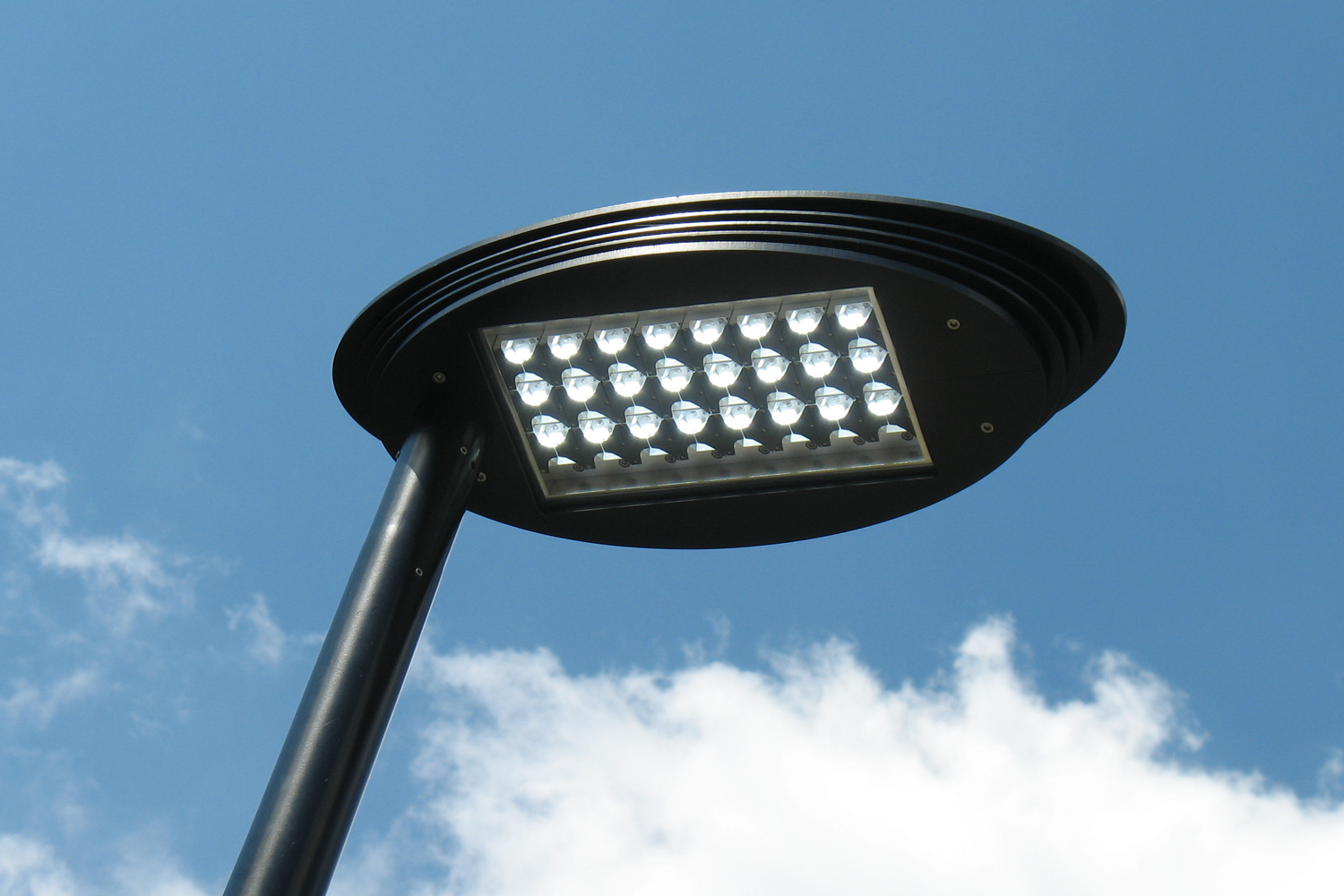Fraunhofer IOF writes success stories
On behalf of industry and research, we not only develop customized solutions, but also realize disruptive technologies that open up access to new market structures for our partners and are decisive for competition.
Discover our innovative capacity by taking a look at the research projects that have been awarded the German Future Prize:
- 2020 for the development as well as industrial series-production readiness of the EUV technology, which experts consider to be the future standard in industry.
Read more - 2013 for the development of an ultrashort pulse laser (USP laser) for industrial applications – such USP lasers have become an indispensable part of today's series production.
Read more - 2007 for the development of LEDs with particularly high luminance, making them usable as a ubiquitous light source as we know it today.
Read more
Are you looking for a reliable cooperation partner to support you all the way from the initial idea to its application? Contact us with your request and we will provide you with a solution!
